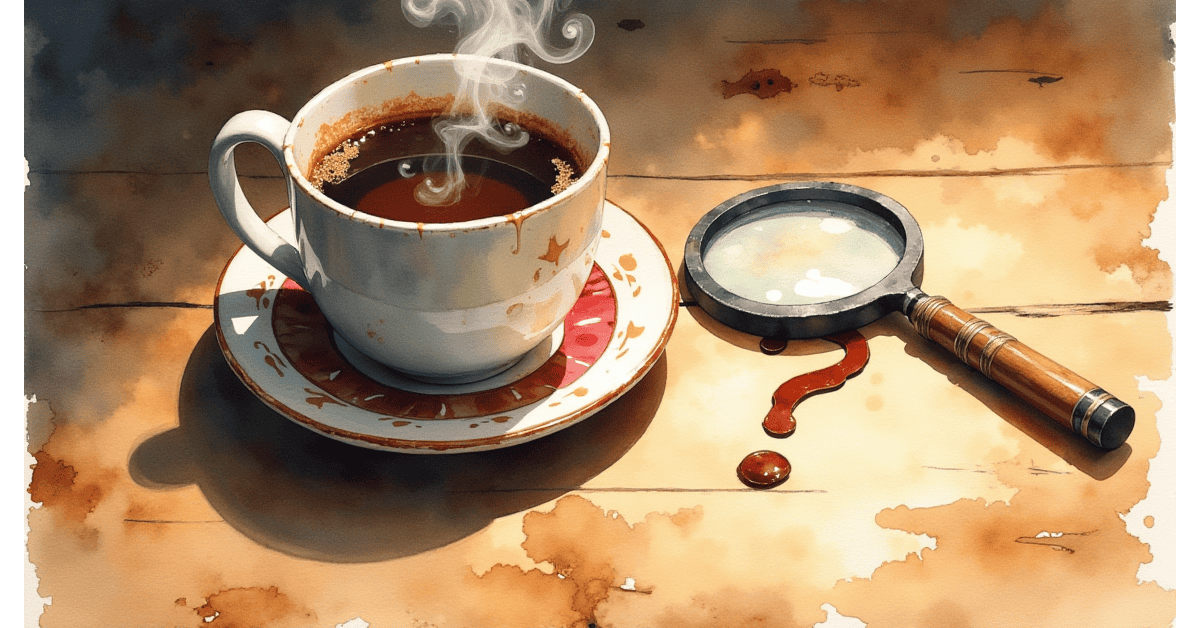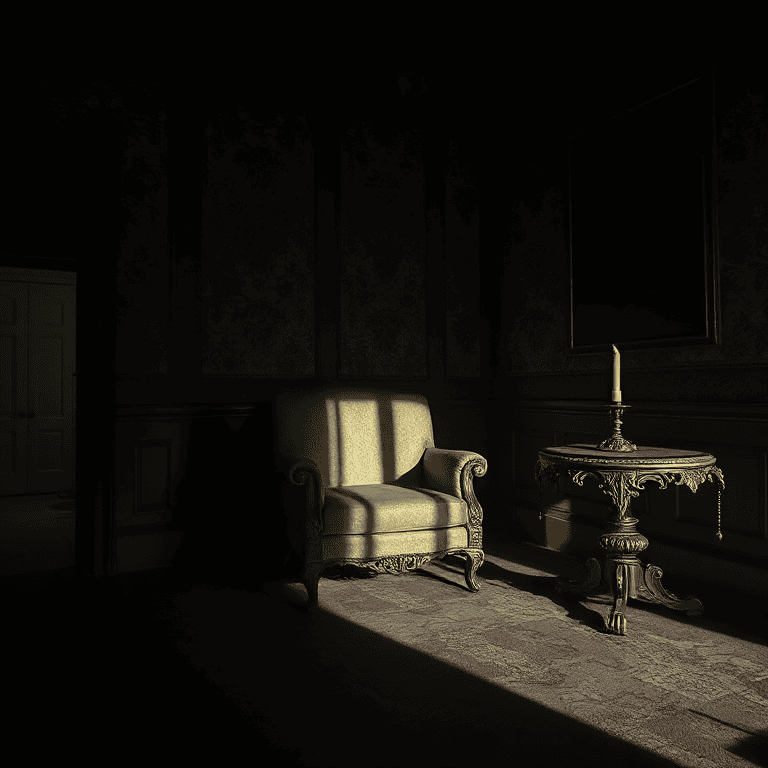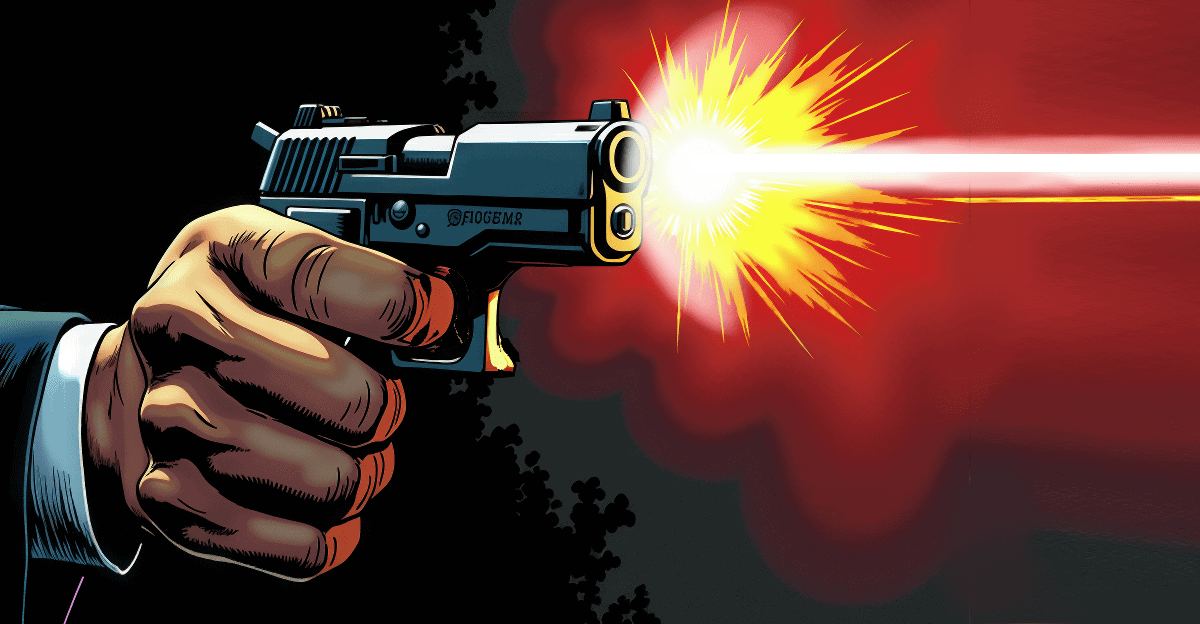Gail Simone: Noir Plots with Punch
If Birds of Prey didn’t put Gail Simone on your radar, you haven’t been paying attention. Partnering with artist Ed Benes, Simone builds conspiracy like scaffolding—each arc stacking tension until you’re holding your breath. She’s not just telling superhero stories; she’s lacing them with shadows and ambiguity. Heroes aren’t pristine here, and moral lines blur in a way that would make Raymond Chandler nod in approval.

Mystery comics have always belonged to the shadows—where questions outnumber answers and morality bends like cigarette smoke in a detective’s office. But who’s holding the pen behind these stories? Forget the old boys’ club. Today’s sharpest plots, most haunting characters, and most unapologetic twists come from female creators pulling no punches.
Every panel of her work pulses with movement. Ed Benes’s art frames the menace, letting subtle glances carry the weight of entire conversations. Simone and Benes don’t shout; they whisper—letting the tension settle deep before snapping the trap shut.
Kelly Sue DeConnick: Myth, Blood, and Revolution
Pretty Deadly isn’t just a mystery comic. It’s a folktale dipped in whiskey and dried blood. Kelly Sue DeConnick, with artist Emma Ríos, crafts a mythology where every panel feels hand-carved. The story pulls you through its questions like an undertow—dangerous, beautiful, impossible to escape.
Then there’s Bitch Planet, where DeConnick teams with Valentine De Landro to serve dystopian crime with razor-sharp edges. The brutality of the art mirrors the raw social commentary embedded in every line. These aren’t puzzles to solve; they’re injustices to stare down. DeConnick’s women don’t sit quietly—they punch back, and the genre feels the impact.
Marjorie Liu: Monsters and Their Mysteries
On the surface, Monstress (Liu and artist Sana Takeda) reads like fantasy. But look closer—it’s built on mysteries, secrets stitched into every corner of the art and story. Liu’s narrative is a locked door, and readers pick through the clues Takeda leaves behind. Symbols hide meaning; characters speak volumes in their silence.
This isn’t a story for casual skimming. Liu and Takeda reward readers who linger, who study each ornate panel like evidence at a crime scene.
Joëlle Jones: Domestic Noir with a Blade
Lady Killer is a brutal marriage of 1950s domestic bliss and blood-soaked crime. Joëlle Jones, handling both the script and the art, makes the decade’s Stepford smiles into something sinister. A housewife who’s a contract killer? The premise sings, but it’s Jones’s control of tone—her perfect sync of art and pacing—that makes it an instant classic.
Jones doesn’t need pages of dialogue to tell you who these characters are. A glance, a shadow across the kitchen floor, a smear of blood on perfectly set pearls—it’s all there. She balances wit and violence like a high-wire act, and the genre is richer for it.
Ann Nocenti: The Streets Speak
Nocenti’s Daredevil (with John Romita Jr. and Barry Windsor-Smith) didn’t just redefine Matt Murdock—it ripped him apart. Her stories live on the streets, full of grime, guilt, and a bone-deep weariness. Nocenti wrote crime not as spectacle but as inevitability—a world where justice might exist, but it’s never clean.
The art bolstered every scene. Romita Jr. turned Hell’s Kitchen into its own character, alive with decay and secrets. Their collaboration gave us crime comics that don’t blink when the light hits the ugly truths.
Why This Matters: Women Writing in the Margins
These creators—and their partners—aren’t just good at what they do. They’re reshaping what mystery comics can be. They make space for women’s voices in genres often dominated by clichés and tired stereotypes. More importantly, they write stories that respect readers’ intelligence. These comics don’t just tell you what happened—they let you dig, question, and uncover.
For readers like you—the ones who get lost in noir narratives, who chase the thrill of a story that surprises you—this is where it’s happening.
- Simone and Benes leave breadcrumbs of conspiracy.
- DeConnick and Ríos pull you through myth and blood.
- Liu and Takeda challenge you to look closer.
- Jones makes murder feel disarmingly elegant.
- Nocenti’s streets teach you how crime really works.
These are stories worth your time, worth your attention. They’re the kind you discuss over drinks at midnight or revisit years later to see what you missed.
What about you? Whose work made you stop and stare? Which story left you flipping back pages, trying to figure out how you missed the clue? Drop your favorites in the comments—this is your space to keep the conversation going.
Mystery belongs to those who hunt answers. You’re among friends here.







 the 1990s, I created Jax and the Hellhound, a comic book series under Blackthorne Publishing. Years later, the characters resurfaced in a one-shot revival. Among them was Gino Aragon—a name that wouldn’t leave me alone as I revisited my older works. That’s the thing about stories—they sometimes refuse to stay where you left them.
the 1990s, I created Jax and the Hellhound, a comic book series under Blackthorne Publishing. Years later, the characters resurfaced in a one-shot revival. Among them was Gino Aragon—a name that wouldn’t leave me alone as I revisited my older works. That’s the thing about stories—they sometimes refuse to stay where you left them.




 Writing a comic book script is like playing chess against yourself—if you know the ending too soon, it takes the thrill out of the game. But when writing a mystery comic or graphic novel? You have to start with the crime. Reverse engineering becomes your best friend.
Writing a comic book script is like playing chess against yourself—if you know the ending too soon, it takes the thrill out of the game. But when writing a mystery comic or graphic novel? You have to start with the crime. Reverse engineering becomes your best friend.

